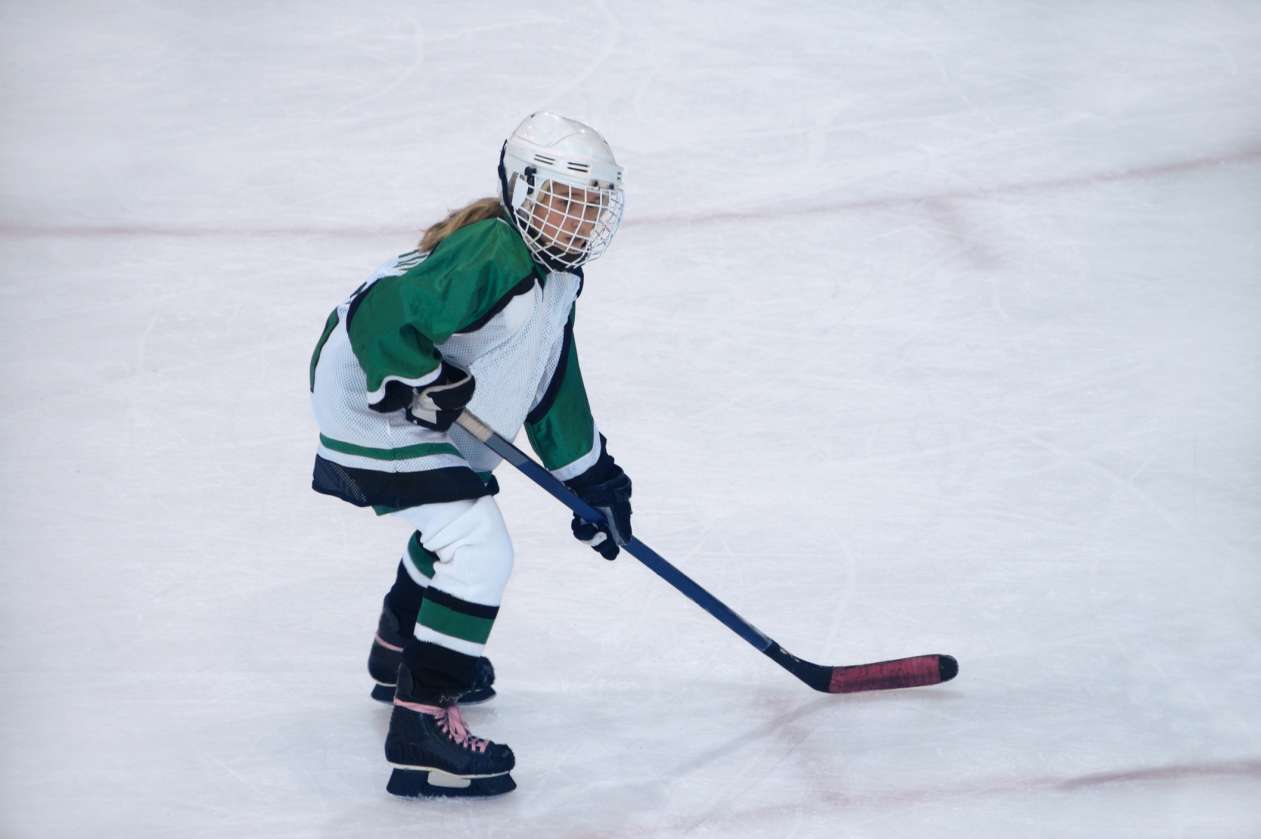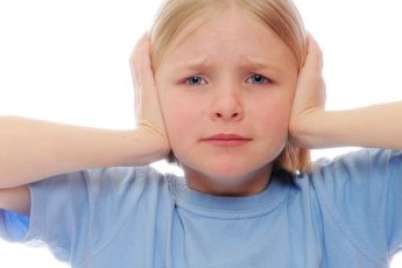
Parent expectations in hockey: How to tell if your child is having fun and learning skills
It’s difficult to know what to do if, as a parent, you feel things aren’t right with your child’s experience in sport.
You learned, in the last article, that kids who play sport want to have fun and develop their skills. How do you know if your kid’s team is meeting the basic and fundamental expectations of fun and development?
The answer to this comes down to what you can observe from the stands. You might not be a coaching expert, but you know your child. Plus, it’s easy to observe their behaviour. What you see when you watch your kid’s team play or practice will give you a really good idea if they are having fun and developing their skills.
Here are two key questions that you can consider as you watch your children play their sport.
Are the kids having fun?
There are many kinds of “fun”. In sport, pleasure comes from the pure enjoyment of the activity itself. For example, a child on a skateboard will tell you that they enjoy the speed, the thrill of completing a trick, or the feeling of just “gliding on the skateboard”.
Third in the ‘Parent expectations in hockey’ series
This four-part series details what parents can do to ensure that their kids are having a good experience in hockey.
Start here:
• When your kids play hockey, it’s okay to have expectations about their experience
• Focus on what your child wants
Upcoming:
• How to communicate appropriately with coaches
The point is that a coach can be good at making jokes and that would be fun for the kids, but that’s not the main kind of fun that justifies a child joining organized sports. What make a sport a fun experience for kids is when they are engaged, they play with all their might, and they care and want to play.
1. Ask your child
The simplest way is to ask your child how much fun they are having on a scale of 1 (no fun) to 10 (great fun). This evaluation is child-specific, but it can be a great gage. For example, we ask our son and daughter to rate each and every activity they participate in. They tend to rate sport activities high. But when my son rated his hockey program a 5.5 this past season, I knew something was wrong, as this was the lowest he had ever rated a sport program. You can also ask yourself:
2. Are the kids engaged?
To be engaged means that kids are interested, eager to go to practices and games, and choose to be present and listen. Be careful not to confuse being tired with not being engaged. I have heard many coaches dismiss kids being disengaged with the excuse “they’re just tired”. The general rule is that most kids should be engaged. If many of them are not, then there is something wrong.
3. Do kids play and practice with energy and enthusiasm?
Kids that enjoy an activity will give themselves wholeheartedly to it. They won’t need to be pushed to give their best effort. Kids who have fun keep going hard no matter if they are winning or losing. Are energy levels and enthusiasm high and constant?
4. Do kids care?
Children who enjoy themselves will care about how the team performs. It’s not the winning or losing they care about as much as the “playing to their best”. In competitive sports, it’s okay for kids to be disappointed after a defeat or a bad performance. What’s great is that kids will be upset just for a short period of time. If they have the benefit of a great coach, they will focus on the process rather than the result and say things like, “We did not play to the best of our ability today” rather than, “We got beaten bad”. What should be worrisome for parents is when kids really don’t care if the team plays well or not.
5. Are kids eager to go to practices and games?
Kids that are having fun want to be where the action is. It’s the same as in business: Companies that treat their employees well and make the work experience rewarding for their employees will see a lower rate of absenteeism. Kids that are not having much fun will not hesitate to miss a practice.
Are the kids developing skills?
We often overlook the fact that children enjoy developing their skills and becoming better at their sport. Simply put, when kids develop their skills, the game becomes easier and their enjoyment grows. Here are some questions to ask yourself to figure out if the sport environment will lead to proper skill development for your child:
1. Are practices age-appropriate?
Children are not adults and practices should match a child’s level of physical, mental, and emotional development. This might seem obvious, but it hasn’t always been obvious to many people who run amateur sport. This is why the Long-Term Athlete Development model (LTAD) was developed ten years ago. For example, Hockey Canada had developed a series of resources for coaches to implement the LTAD approach and for parents to understand what it’s all about.
2. Are kids developing their individual skills?
In most team sports, skills lead to enjoyment of the game. If a child can’t control the puck in hockey, the game is much more difficult. Unfortunately, many coaches will emphasize refining team tactics over developing individual skills because they believe it will lead to more victories. Meanwhile, Hockey Canada suggests that only ten percent of a Pee Wee age practice (11- and 12-years-old) should be spent on team tactics. Furthermore, in the interests of promoting skill development, most national sport organizations actually provide lists of skills that each age group should be completing, like these resources from Hockey Canada for different ages.
3. Are the drills age-appropriate?
Kids should be challenged to develop and improve new skills, but without being discouraged by demands that are too high. For example, do you observe kids consistently missing their passes during a drill? It’s probably a sign that the drill is too complicated and that kids spend more time thinking about what they need to do rather than doing it properly. To help coaches, Hockey Canada provides guidelines for every age group. The same can be found in many other sports.
4. Are kids moving and spending most of their time on task?
One of the key factors to developing skills and having fun for kids is to actually be active rather than standing still. Sounds like a no-brainer but you would not believe the number of hockey practices I have observed over the years where kids stood still in line waiting for their turn to go. Or on one knee listening to long explanations from coaches. In hockey, for example, one of they key factor to develop is called “puck touch” or the amount of time a child spends with the puck on her stick. In one single well-designed practice that would involve many stations, she would get as many puck-touches as she would in 11 games.
5. Are kids playing in practices?
I alluded to station-based practices in the previous paragraph. It’s key for coaches to design practices with many play elements. If your child’s coach is a drill sergeant and kids never play fun games in practices, they will not develop as quickly as they could.
6. Are other teams developing faster?
If you child’s team is falling behind as the season progresses, it might be that some or all of the criteria above are not being met. Again, winning and losing doesn’t matter, but your child’s team should be improving at a rate that is in sync with other teams at the same levels.
In the next article we’ll explore the last and probably most courageous step: How to communicate with your child’s coach in a respectful, constructive way.






I think there are a lot of ways make learning effective but the most effective way is to make it fun. Learner will sometimes find the topic too boring that their brain might never grasp it or it will just be forgotten right away. So to make the learning stick to the mind of the learner is to make it fun and memorable. Appealing to the emotion makes it memorable. If the teacher could find a way to make this strategy works, then the learner will really learn a lot.